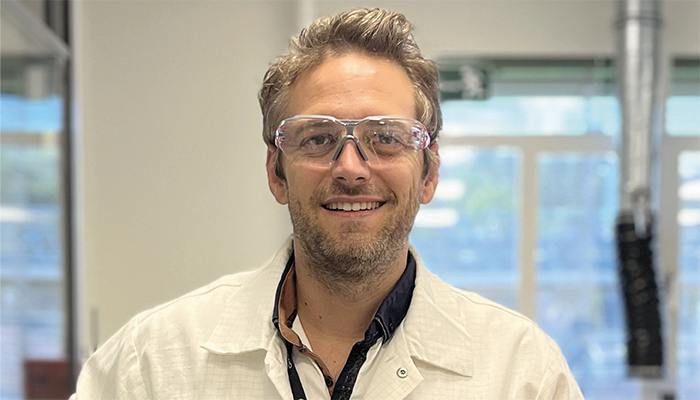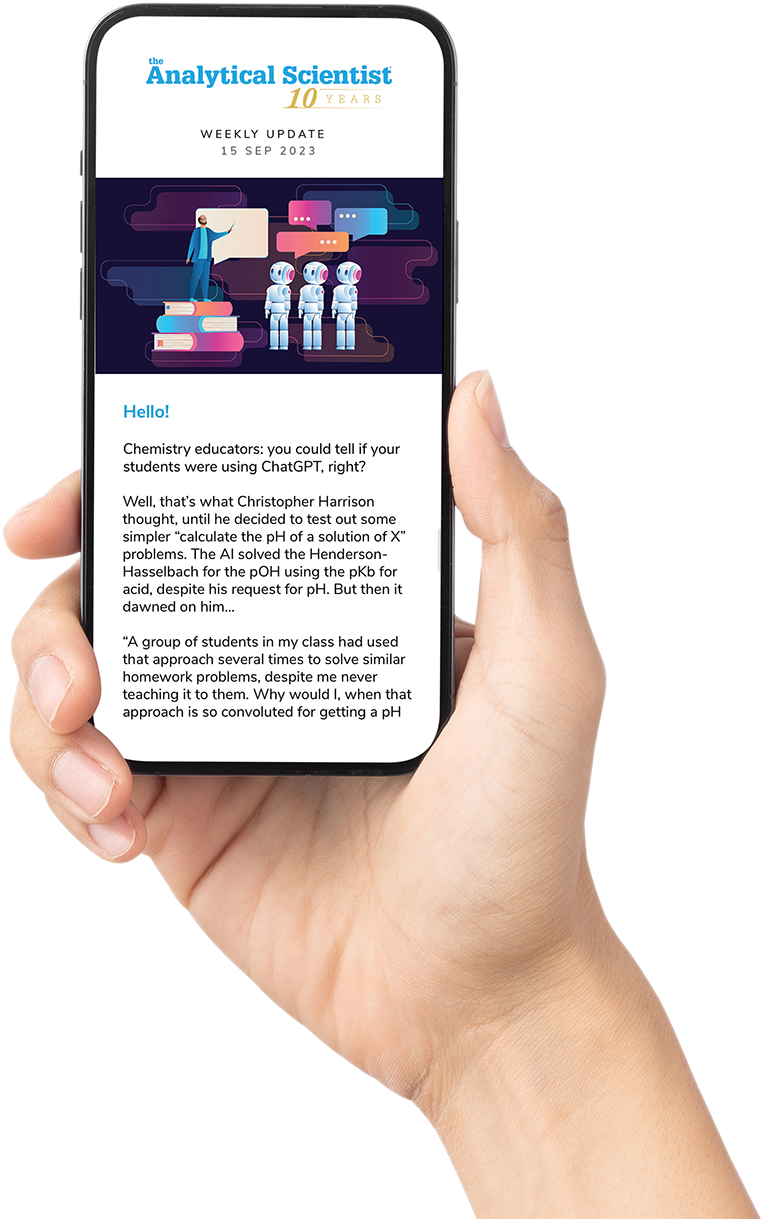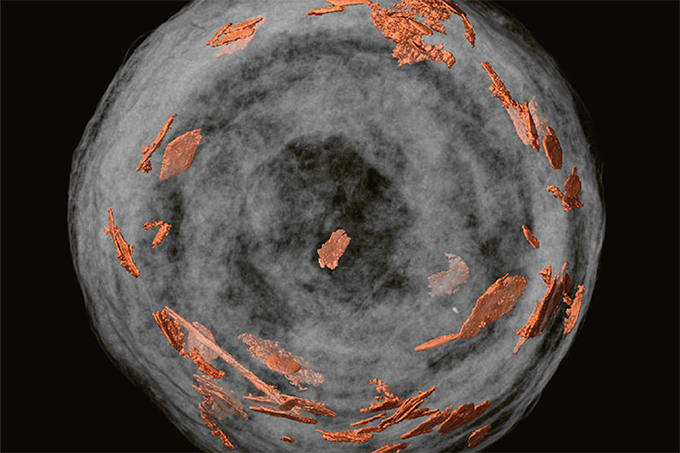
Credit: Supplied by Interviewee
Tell us about you, your research, and your upcoming talk
Over the course of my academic journey, my initial fascination with organic chemistry evolved into a profound interest in analytical chemistry. I was first drawn to chromatography for its practical applications, and my passion deepened through mentorship from inspiring scientists such as Didier Thiébaut and Jean-Marie Dimandja. Engaging with advanced technologies fuels my drive for innovation and empowers me to extract valuable insights from complex samples for stakeholders – this is precisely what we do at Givaudan's Product Safety Sciences Laboratories.
At Givaudan, we focus on conducting regulatory studies on fragrance raw materials, including quantifying known regulated compounds. As the head of this group, I ensure that our team employs the best technologies and methodologies to achieve excellence in regulatory testing.
Why enter the fragrance field? Fragrances resonate with our deepest emotions, evoking memories and experiences. For me, they transport me back to my childhood summers in my grandmother's garden on Réunion Island, filled with the scents of jasmine and ylang-ylang from the Indian Ocean. The complexity of nature fascinates me; the world of perfumes is so rich that the analytical challenges seem limitless, much like the fragrance notes themselves. I find no scientific role more rewarding than ensuring safe and sustainable fragrances while evoking emotions in people.
In my talk at the 16th 2D Chromatography Workshop, titled “GC×GC-MS - Fragrance Allergens - The Olympic Gold Standard,” I will explore the EU’s recent extension of fragrance allergens that must be labeled in cosmetic products. This regulatory change presents significant analytical challenges for both industrial and service laboratories, particularly when analyzing complex natural substances. I will demonstrate how comprehensive two-dimensional gas chromatography coupled with mass spectrometry (GC×GC-MS) serves as the gold standard for generating high-confidence data that meets compliance requirements.
As we enter 2025, what is your overall assessment of the current state of the multidimensional chromatography field?
Since I began working with multidimensional techniques, particularly GC×GC, in 2007, I have witnessed remarkable advancements. A significant highlight is the substantial reduction in data processing time; tasks that once took an entire night can now be completed in just a few minutes. Additionally, the growing number of instrument suppliers has spurred innovation in the field. While multidimensional chromatography has gained traction among research teams and projects, its adoption at the industrial level has been slower than I initially anticipated.
Nevertheless, several significant breakthroughs have emerged recently, including the development of online supercritical fluid chromatography (SFC) systems and the integration of advanced sample preparation techniques prior to GC×GC, such as thermal desorption (TD) for trapping volatiles and pyrolysis for analyzing polymers. A noteworthy example is a recent research project led by Elsa Boudard, supported by a start-up, focusing on sampling body odor for healthcare monitoring using TD-GCxGC. As scientists, we must recognize that multidimensional chromatography has transitioned from a “nice-to-have” technique to an essential tool for gaining critical insights into complex samples and problems.
As we step into 2025, multidimensional chromatography continues to excel at generating data across multiple dimensions, making it particularly suitable for advanced data analysis techniques such as data mining and chemometric tools like principal component analysis (PCA). These capabilities facilitate the identification of additional peaks that may correlate, for example, with specific diseases or product off-specifications. The trends observed in recent years are expected to continue evolving as the technology matures.
Finally, with over 17 years of experience in GC×GC, I understand the need to demystify this technology. Many still perceive multidimensional chromatography as overly complex, believing it to be accessible only to PhD scientists. However, at Givaudan, together with Neil Owen, we have demonstrated that GC×GC-MS can be routinely operated by trained individuals, provided that analytical parameters are well established and monitored. The primary challenge lies in simplifying the software, as data processing remains a bottleneck for non-expert users. While visually appealing 2D contour plots are engaging for communication, the true differentiators are simplicity, reliability, and reproducibility.
For instance, while GC×GC excels in target quantification, unlocking its full potential requires enhancing basic functionalities for both identification and quantification purposes. Additionally, refining the peak-finding process is essential to ensure a unique peak marker per compound for quantification and data mining.
Addressing these challenges will pave the way for a brighter future in multidimensional chromatography. The journey has only just begun.




